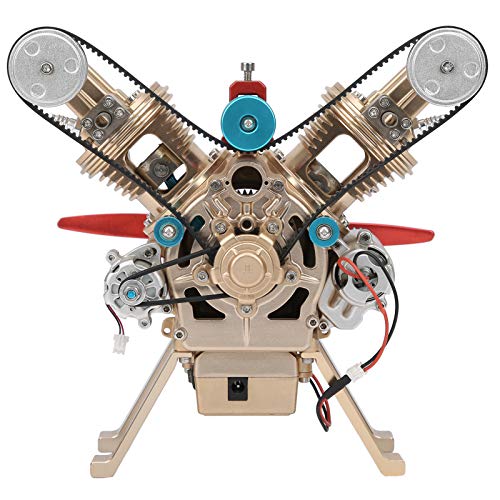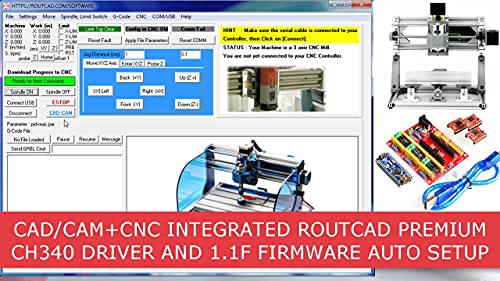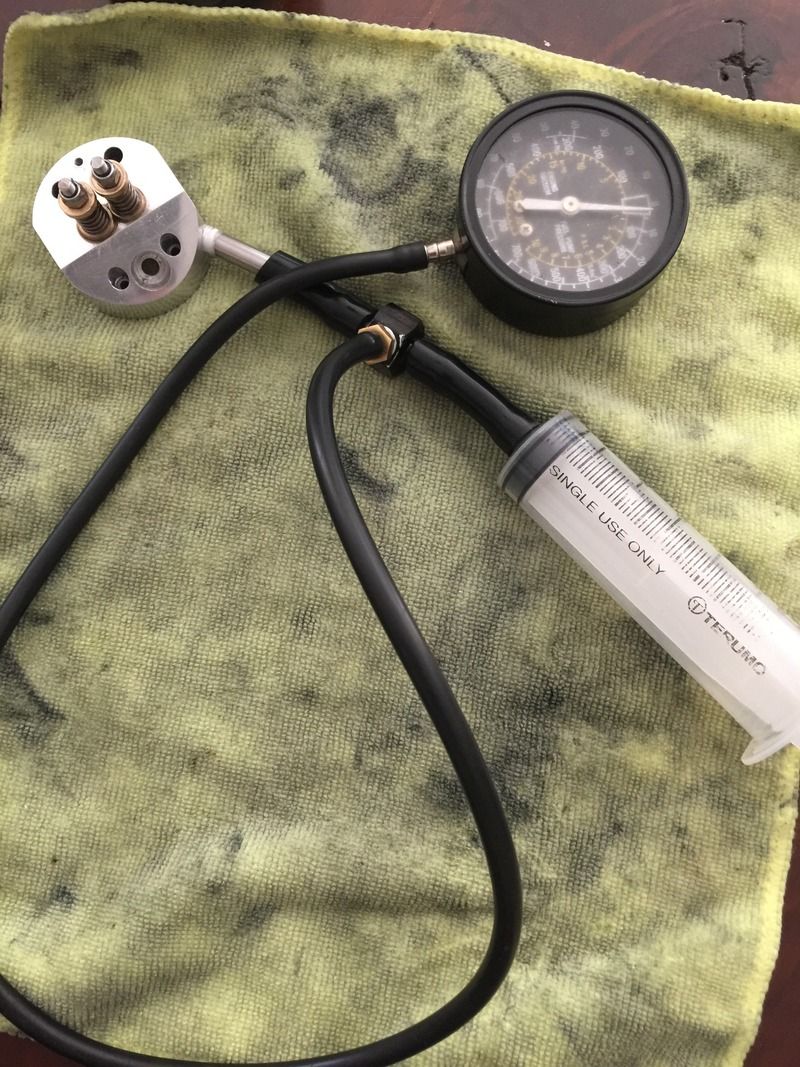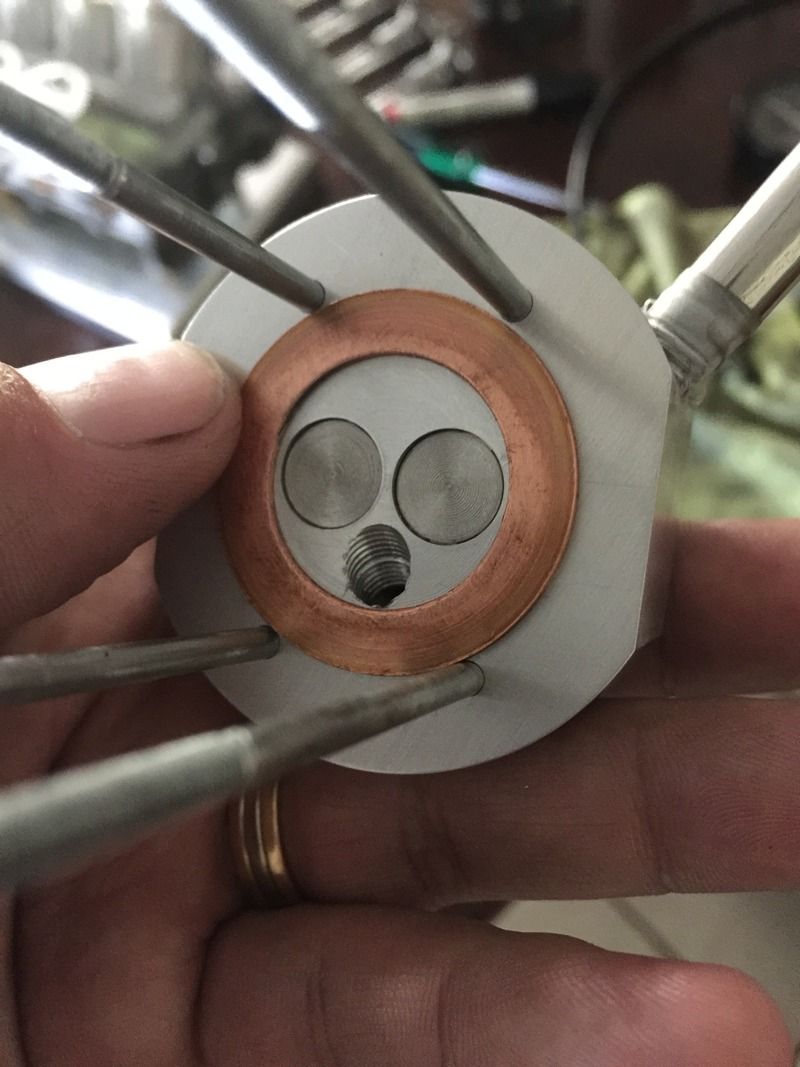- Joined
- Dec 9, 2015
- Messages
- 327
- Reaction score
- 350
Gday all
I remember reading something on here a few weeks ago about running an engine can help a ever so slightly leaky valve to run in and seal. Is this true?
I have managed to achieve what I believe is a good seal on the engine I'm making, but because I've never done this before, I don't have any idea on what actually is acceptable or not.
After I lapped them, I filled the intake and exhaust ports with cutting oil and the valves didn't leak. I thought cutting oil would make an acceptable test because it wicks and flows very well.
Cheers for reading
Andy
I remember reading something on here a few weeks ago about running an engine can help a ever so slightly leaky valve to run in and seal. Is this true?
I have managed to achieve what I believe is a good seal on the engine I'm making, but because I've never done this before, I don't have any idea on what actually is acceptable or not.
After I lapped them, I filled the intake and exhaust ports with cutting oil and the valves didn't leak. I thought cutting oil would make an acceptable test because it wicks and flows very well.
Cheers for reading
Andy




































































